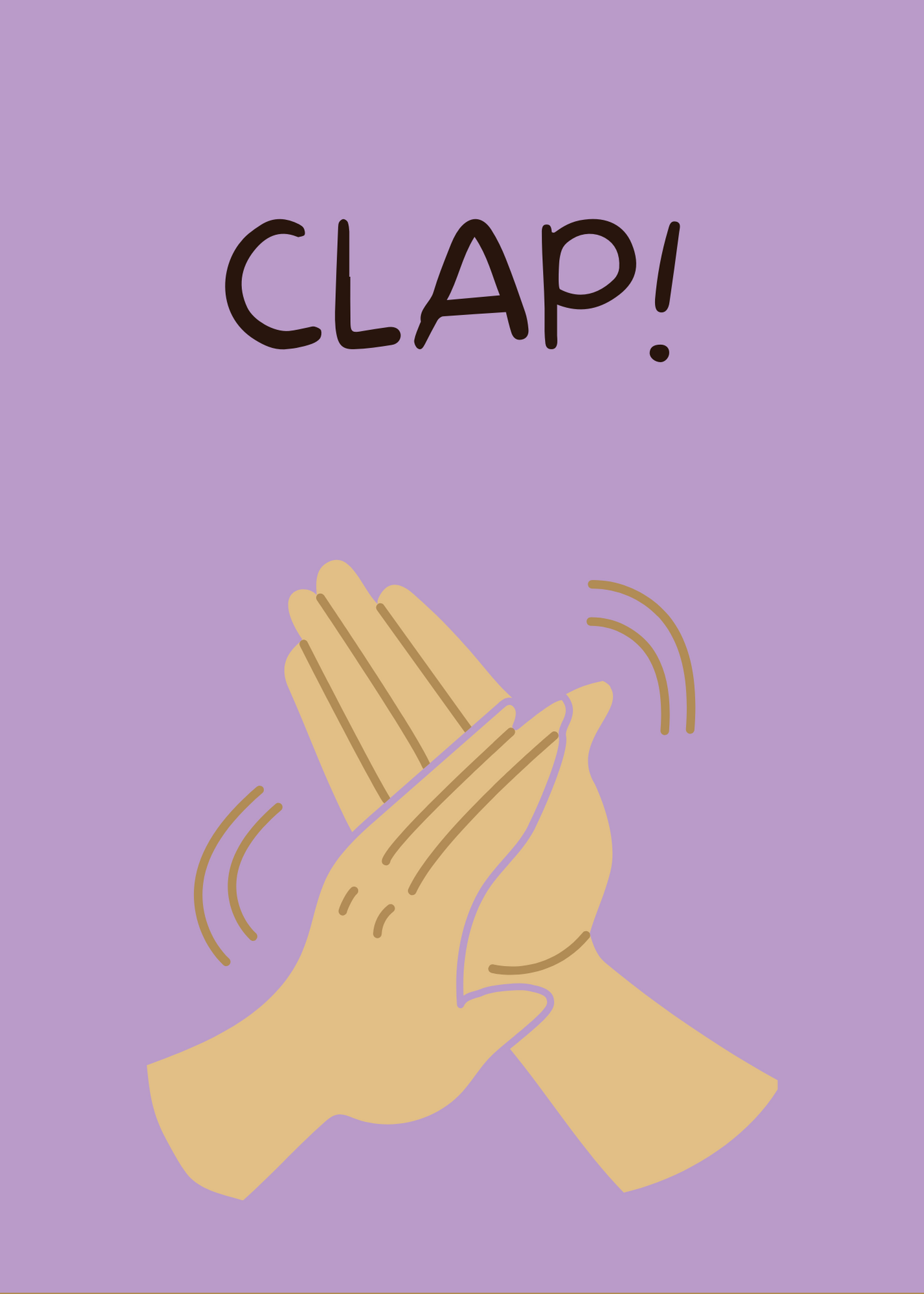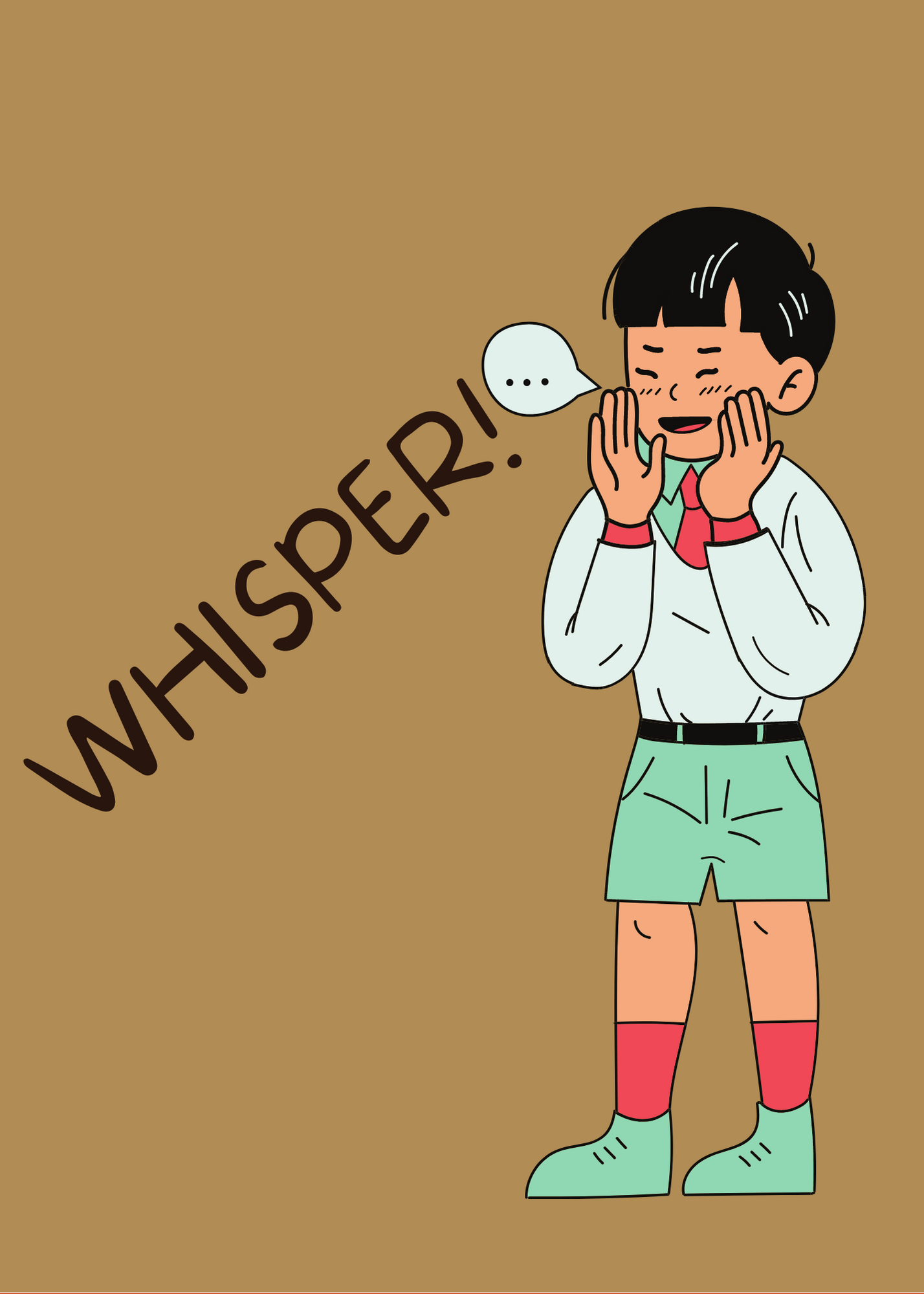Description

How do we start the theatre game? How do we play? And how by taking a few ideas for dramatic play we can come up with more activities?
In this course we will look at some of the social benefits of theatre play and how 1 idea will spawn 10 other theatre play ideas!
The cards come to your email by filling out the form at the end of the article.
Play ideas for kindergarten and primary school children
Many of the following are excerpts from our workshop, play and improv theatre, if you want to know more, you can watch it at your own pace taped and I'll answer any questions!
Drama play can be summed up in 2 words. Expression and communication. We don't play a play just to have fun and laugh!
Playing a play means learning about myself and others. I am building relationships and gaining social skills that I will carry with me throughout life!
Social skills and play acting
Many studies emphasize that play is important for a child's social-emotional development. Age is not specified as there is no age limit and ideas for drama play are age-appropriate.
Let's look at a list of social skills that a child acquires by playing drama games at home or at school.
- Self-expression
- Self-confidence
- Cooperative relationships
- Critical thinking skills
- Respect for group rules
Through theatre play we do not train children to become good actors, nor do we train them to go out on a stage and play a specific role, nor do we train them to recite a celebration poem.
When we talk about theatre play, we are talking about the activity that will bring us together with others, teach us how to behave and create safe situations for us to play and move freely.







